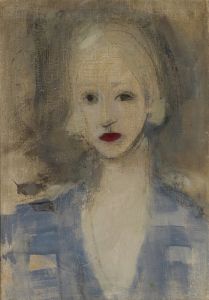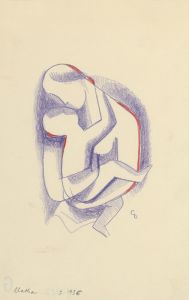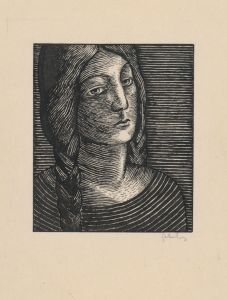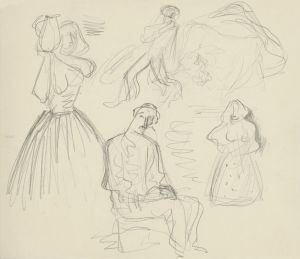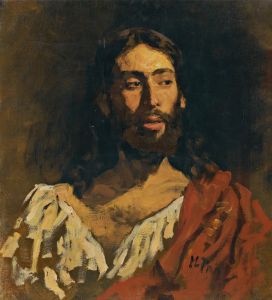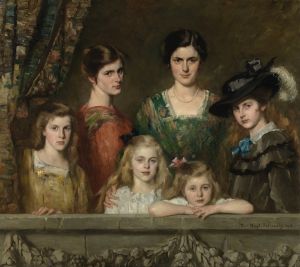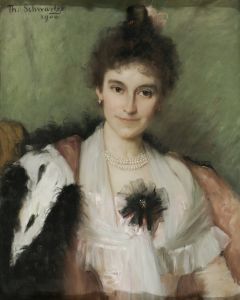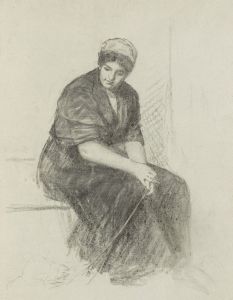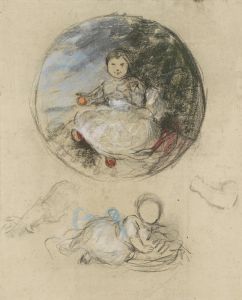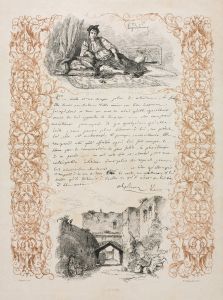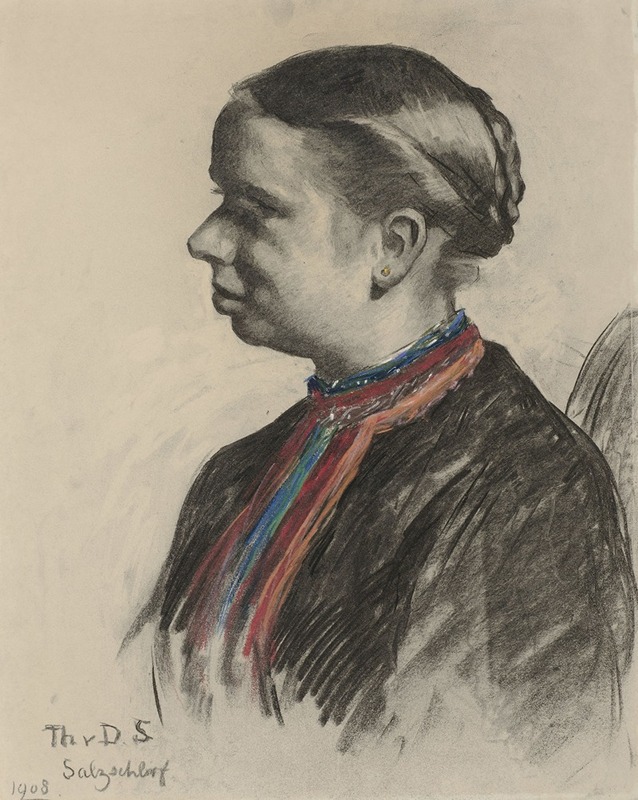
Portret van een Oostenrijkse
A hand-painted replica of Thérèse Schwartze’s masterpiece Portret van een Oostenrijkse, meticulously crafted by professional artists to capture the true essence of the original. Each piece is created with museum-quality canvas and rare mineral pigments, carefully painted by experienced artists with delicate brushstrokes and rich, layered colors to perfectly recreate the texture of the original artwork. Unlike machine-printed reproductions, this hand-painted version brings the painting to life, infused with the artist’s emotions and skill in every stroke. Whether for personal collection or home decoration, it instantly elevates the artistic atmosphere of any space.
Thérèse Schwartze's Portret van een Oostenrijkse (Portrait of an Austrian Woman) is a painting created by the renowned Dutch portrait artist Thérèse Schwartze (1851–1918). Schwartze was a highly celebrated painter in the Netherlands during the late 19th and early 20th centuries, known for her exceptional skill in capturing the likeness and character of her sitters. Her works often depicted members of the upper class, prominent figures, and individuals from affluent families, reflecting her status as one of the most sought-after portraitists of her time.
The painting, Portret van een Oostenrijkse, is an example of Schwartze's mastery in portraying her subjects with a sense of realism and vitality. The artwork features an Austrian woman, whose identity remains unknown. The sitter is depicted in formal attire, which is characteristic of Schwartze's commissioned portraits. The detailed rendering of the clothing and the sitter's expression demonstrates the artist's technical proficiency and her ability to convey personality and social status through her work.
Thérèse Schwartze was trained by her father, Johan Georg Schwartze, who was also a painter. She later studied in Munich and Paris, where she honed her skills and absorbed influences from various artistic traditions. Her career flourished in Amsterdam, where she became a prominent figure in the art world. Schwartze's portraits were highly regarded for their lifelike quality, and she received numerous commissions from wealthy patrons in the Netherlands and beyond.
The exact date of creation for Portret van een Oostenrijkse is not documented, but it is consistent with Schwartze's body of work, which spans several decades. The painting reflects her characteristic style, which combines meticulous attention to detail with a sensitivity to the individuality of her subjects. Schwartze's ability to capture the textures of fabrics, the play of light, and the subtleties of facial expressions contributed to her reputation as one of the leading portrait artists of her era.
Today, Thérèse Schwartze's works are held in high regard and can be found in various museums and private collections. Her contributions to Dutch art are celebrated for their technical excellence and their role in documenting the social and cultural milieu of her time. However, specific details about the provenance or current location of Portret van een Oostenrijkse are not readily available in public records.





